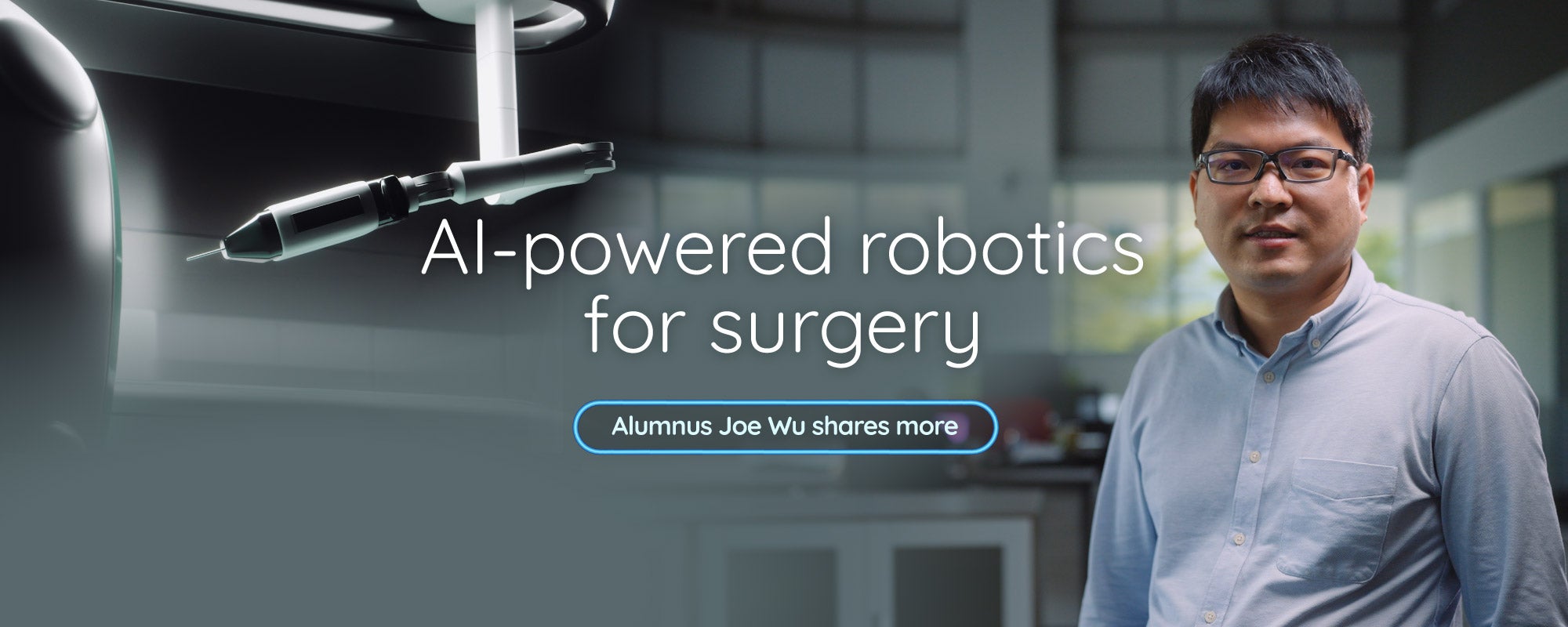Leading in Science Education, Research and Innovation to Transform Our Future
We present you a slice of the Faculty of Science journey. Our students enjoy the experience of being part of a vibrant campus community, from intellectual pursuits to the rich offerings of campus life, such as academic curricular options and a wide range of co-curricular activities. There is much life, learning and enrichment within and beyond our classrooms.
At A Glance
Highlights of our Faculty in facts and figures.
Years of Excellence
0
Departments
0
Research Centres
0
Academic
Majors
Majors
0
Cross-Disciplinary
Programmes
Programmes
+
0
Over
Undergraduate Students
0
Over
Graduate Students
0
Over
Partner Universities
0
Science
Club
Club
0
+
Academic
Societies
Societies
0
Data as at October 2024












